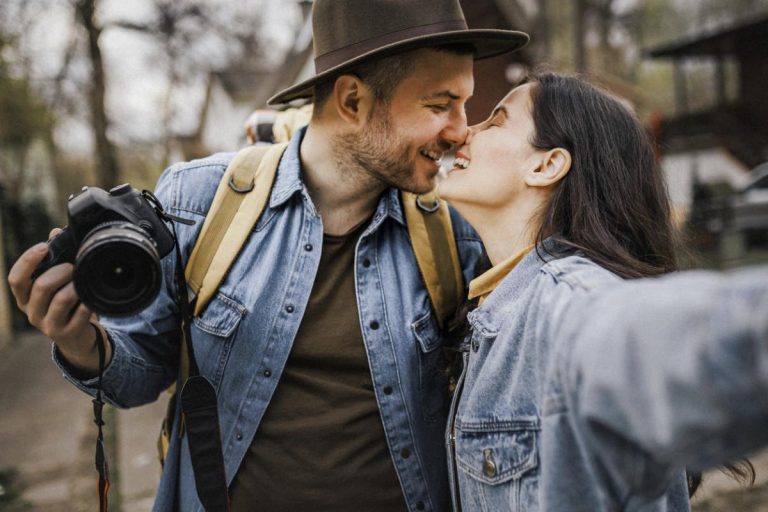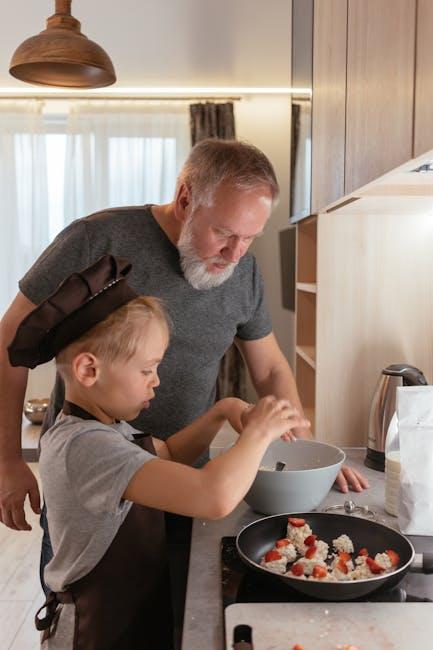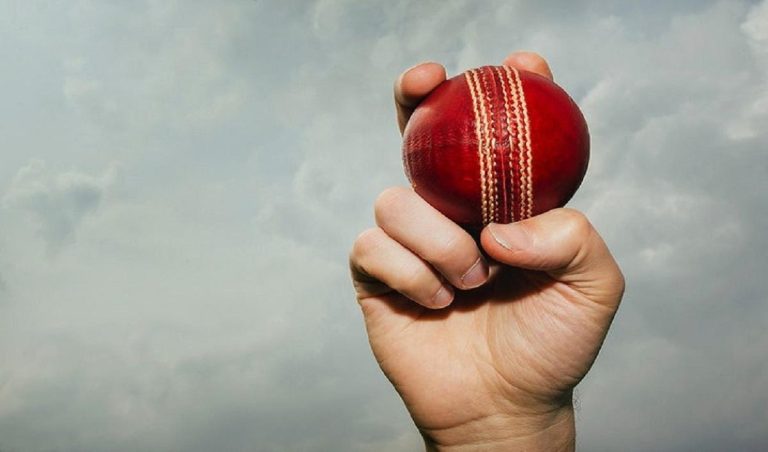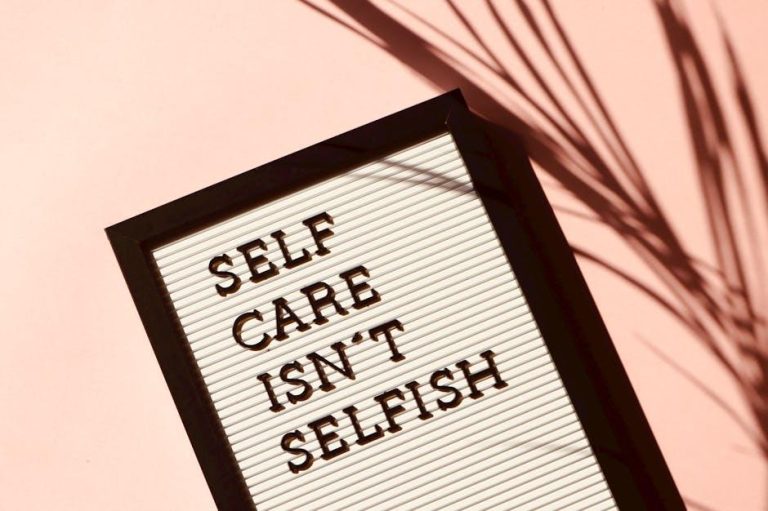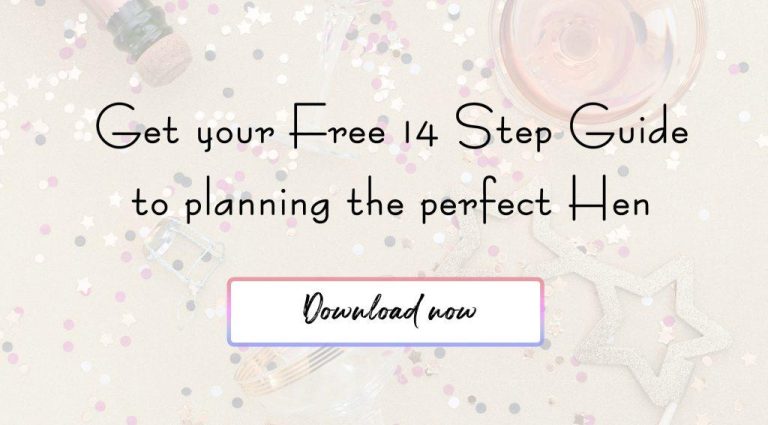Unlocking the Power of Nonverbal Communication

Did you know that you don’t need a magic spell or secret code to unlock incredible powers? No, we’re not talking about becoming a superhero, we’re talking about harnessing the power of nonverbal communication. That’s right, forget about waving your wand or muttering incantations - all you need is a few simple gestures, facial expressions, and body language cues to work your magic. So put on your invisible cape and get ready to unlock the secrets of nonverbal communication!
The Impact of Nonverbal Communication on Relationships
Nonverbal communication plays a huge role in our relationships, sometimes even more than the words we say. Just think about all the times you’ve tried to decipher what someone really meant by their eye twitch or awkward hand gesture. It’s like trying to crack a secret code, but with the added pressure of not wanting to offend the other person.
When it comes to nonverbal cues, body language is king. From the way someone crosses their arms to how they tilt their head, our bodies are constantly sending out signals that can make or break a relationship. It’s like a never-ending game of charades, except instead of trying to guess the word, you’re trying to guess what the other person is feeling.
Facial expressions are another key player in the nonverbal communication game. A smile can brighten someone’s day, while a frown can send them running for the hills. It’s like having a built-in emoji keyboard on your face, except there’s no delete button for when you accidentally send the wrong message.
In the end, it’s important to remember that nonverbal communication is a two-way street. While it’s crucial to pay attention to the signals others are sending, it’s just as important to be aware of the messages you’re putting out there. So, next time you find yourself in a sticky situation, just remember: actions speak louder than words, so make sure yours are saying the right thing.
Understanding the Different Types of Nonverbal Communication
Nonverbal communication is all around us, whether we realize it or not. It’s like a secret language that we’re constantly speaking without even opening our mouths. Let’s dive into the different types of nonverbal communication and unlock the code to understanding the unspoken messages that are constantly being sent and received.
First up, we have facial expressions. Your face is like a canvas, painting a picture of your emotions for the world to see. Furrowed brows, squinted eyes, and pursed lips all have their own meanings. It’s like your face is putting on a Shakespearean play without uttering a single word.
Next, we have gestures. From waving hello to flipping someone off, gestures can speak volumes without saying a word. It’s like your hands have a mind of their own, performing an intricate dance that conveys your thoughts and feelings.
Lastly, let’s talk about body language. The way you stand, sit, and move can say a lot about your mood and intentions. Whether you’re slouched over in defeat or standing tall and proud, your body is always broadcasting a message to those around you.

Improving Your Nonverbal Communication Skills
So you think you’re a pro at communicating without words, huh? Well, think again! Nonverbal communication skills aren’t just about waving your hands around and making silly faces. There’s a whole science behind it, and lucky for you, I’m here to show you the way to become a nonverbal communication ninja.
First things first, let’s talk about body language. It’s not just about standing up straight and looking people in the eye. No, no, no. You gotta master the art of subtle movements that speak volumes. Try these on for size:
- **Crossing your arms**: Sure, it may seem like you’re closed off, but in reality, you’re just protecting yourself from all the bad vibes around you.
- **Nodding your head**: A little nod here and there can show that you’re totally on board with whatever nonsense the other person is spewing.
- **Mirroring**: Mimic the other person’s movements to show that you’re totally in sync with them. Plus, it’s a great way to confuse your enemies.
Next up, let’s talk about facial expressions. You may think you have a killer poker face, but trust me, your emotions are written all over it. Master these expressions to take your nonverbal communication game to the next level:
- **The raised eyebrow**: Perfect for when you want to show how unimpressed you are with someone’s lame story.
- **The fake smile**: Use this bad boy when you want to pretend like you’re happy to see someone, even though you’d rather be anywhere else.
- **The eye roll**: A classic move that says “I can’t even” without saying a word.

Nonverbal Cues to Look for in Everyday Interactions
Have you ever wondered what people are really saying without actually saying it? Well, lucky for you, there are plenty of nonverbal cues to look out for in everyday interactions. From body language to facial expressions, here are some key indicators to help you navigate the unspoken language of communication:
- Eye Contact: The eyes are truly the windows to the soul, so pay attention to where someone is looking. Avoiding eye contact could be a sign of discomfort or dishonesty, while prolonged eye contact may indicate interest or attraction.
- Posture: How someone carries themselves can speak volumes about their mood or confidence level. Slumped shoulders might suggest fatigue or defeat, while standing tall with shoulders back exudes self-assurance.
- Gestures: Pay attention to hand movements, facial expressions, and other physical cues. Fidgeting could signal nervousness, while a firm handshake often denotes strength and assertiveness.
So, next time you find yourself in a conversation, keep an eye out for these nonverbal cues to gain a deeper understanding of what the other person is really saying. Remember, sometimes actions truly do speak louder than words!

The Role of Nonverbal Communication in Leadership and Team Dynamics
When it comes to leadership and team dynamics, nonverbal communication plays a crucial role that often goes unnoticed. While words are important, actions speak louder than words (literally!). Here are some ways in which nonverbal cues can make or break a leader:
- Eye Contact: Avoiding eye contact with your team can make you seem shifty or untrustworthy. Plus, staring at someone for too long can make things super awkward.
- Body Language: Slouching sends a message that you’re not confident or engaged. Remember, you’re the leader – stand tall and proud (but not too proud, cockiness is never a good look).
- Gestures: Flailing your arms around like a chicken with its head cut off isn’t going to inspire confidence in your abilities. Keep your gestures calm and purposeful.
When it comes to team dynamics, nonverbal communication can either bring everyone together like a well-oiled machine or throw a wrench in the works faster than you can say ”miscommunication”. So, pay attention to the nonverbal cues you’re giving off and make sure they’re saying the right things (unless you want your team to think you’re a confused penguin trying to lead a flock of flamingos).
Cultural Differences in Nonverbal Communication
When it comes to nonverbal communication, different cultures have their own unique ways of expressing themselves. From hand gestures to facial expressions, understanding these differences can help avoid any awkward misunderstandings. Here are some amusing examples:
- In some cultures, avoiding eye contact is a sign of respect, while in others it can be seen as rude. It’s like playing a game of nonverbal chess!
- Have you ever given a thumbs up thinking you were showing approval, only to find out in another culture it’s a not-so-friendly gesture? It’s like getting a digital thumbs down!
- Personal space varies greatly around the world. Some cultures prefer to stand close while talking, while others need their space. It’s like trying to dance the tango with someone who’s doing the cha-cha!
So next time you’re communicating with someone from a different culture, pay attention to their nonverbal cues. You never know when a simple gesture could be lost in translation!
Utilizing Nonverbal Communication to Enhance Your Personal and Professional Life
Nonverbal communication is a powerful tool that can drastically improve your personal and professional life. The way you carry yourself, your facial expressions, and even your posture can all speak volumes without saying a word. Here are some fun and quirky ways to utilize nonverbal communication to your advantage:
- **Eye contact:** Make sure to maintain good eye contact during conversations to show that you are engaged and interested. Just be careful not to stare too intensely – you don’t want to come off as a creeper!
- **Hand gestures:** Using expressive hand gestures can help emphasize your points and make you appear more confident. Just try not to accidentally smack someone in the face while doing so.
- **Body language:** Pay attention to your body language – standing up straight and tall can make you appear more confident and assertive. Slouching, on the other hand, can make you look like a sad, wilted flower.
Remember, nonverbal communication is a two-way street, so don’t forget to pay attention to the cues that others are giving off as well. Being able to read body language can help you better navigate social situations and understand what others are really trying to say. So go forth and conquer the world with your newfound nonverbal communication skills!
FAQs
How can I improve my nonverbal communication skills?
Well, first things first - stop practicing your eyebrow twerking and finger snapping in the mirror. Nonverbal communication is all about being genuine and authentic. Pay attention to your body language, facial expressions, and tone of voice. Practice active listening and try to be more aware of the messages you are sending with your nonverbal cues.
Why is nonverbal communication important?
Imagine trying to flirt with someone by wiggling your ears or trying to apologize with a high five. Nonverbal communication helps us convey emotions, build trust, and establish rapport with others. Plus, it can help us avoid misunderstandings and miscommunications.
Can I use nonverbal communication to manipulate people?
Technically, yes. But before you start practicing your Jedi mind tricks, remember that using nonverbal communication to manipulate people is not cool. It’s important to use your powers for good, like making someone feel comfortable or showing them that you’re really listening.
How can I interpret someone else’s nonverbal cues?
It’s like deciphering a secret code, but instead of cracking Nazi war plans, you’re trying to figure out if your coworker actually likes your new haircut. Pay attention to their body language, facial expressions, and tone of voice. And remember, context is key – a raised eyebrow might mean curiosity or confusion, depending on the situation.
What are some common mistakes people make with nonverbal communication?
Oh boy, where do I start? Talking with your mouth full, checking your phone during a conversation, or manspreading like you’re auditioning for a remake of Titanic. Remember to be aware of your nonverbal cues and try to send positive, open signals to others.
Time to Put Your Nonverbal Superpowers to Use!
Congratulations, you’ve now learned the secrets of unlocking the power of nonverbal communication! Prepare to amaze your friends, dazzle your colleagues, and charm your way through any social encounter. Remember, a raised eyebrow here, a hand gesture there, and a well-timed wink can speak volumes without saying a word. So go forth, dear reader, and let your nonverbal superpowers shine!

